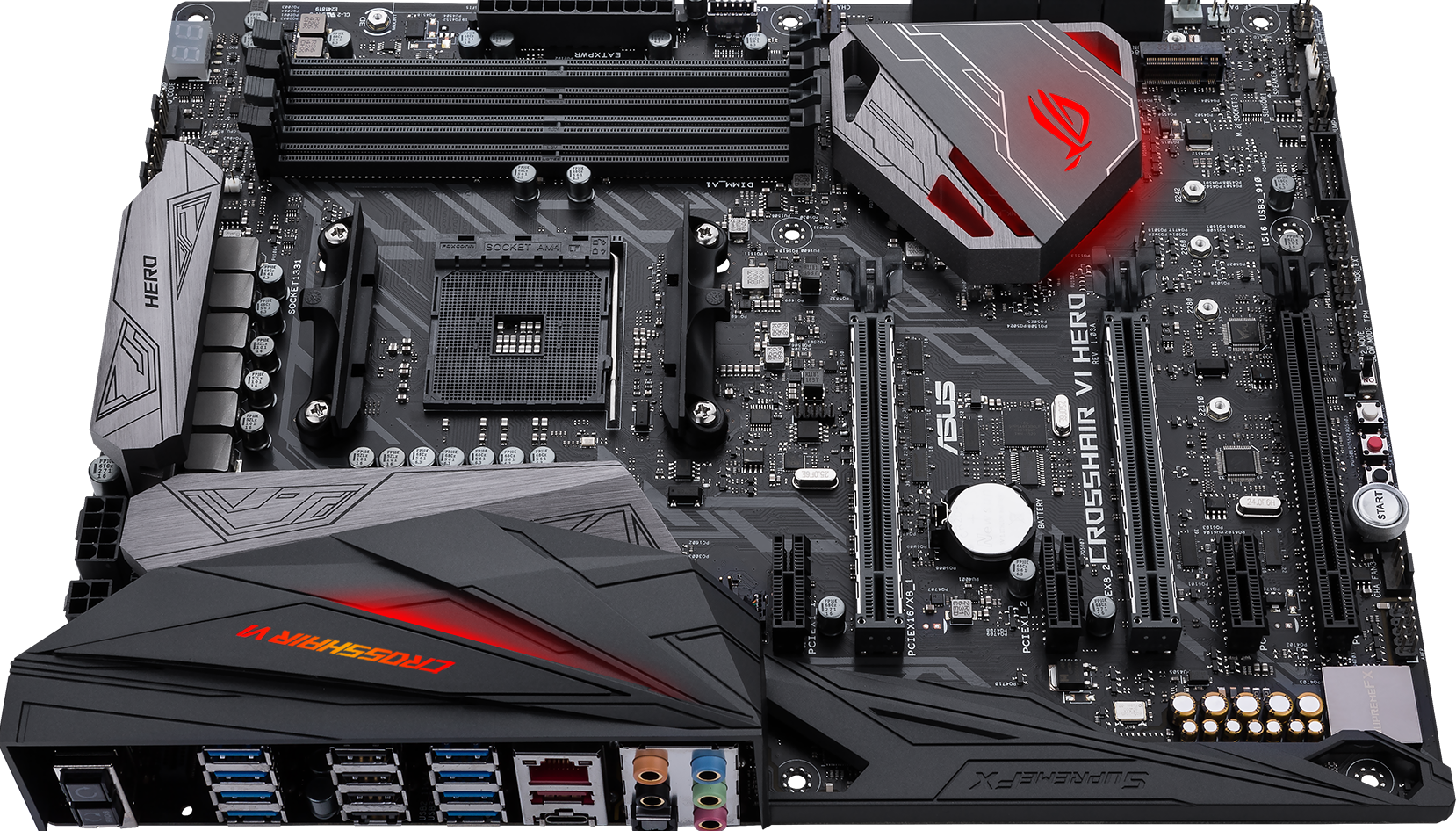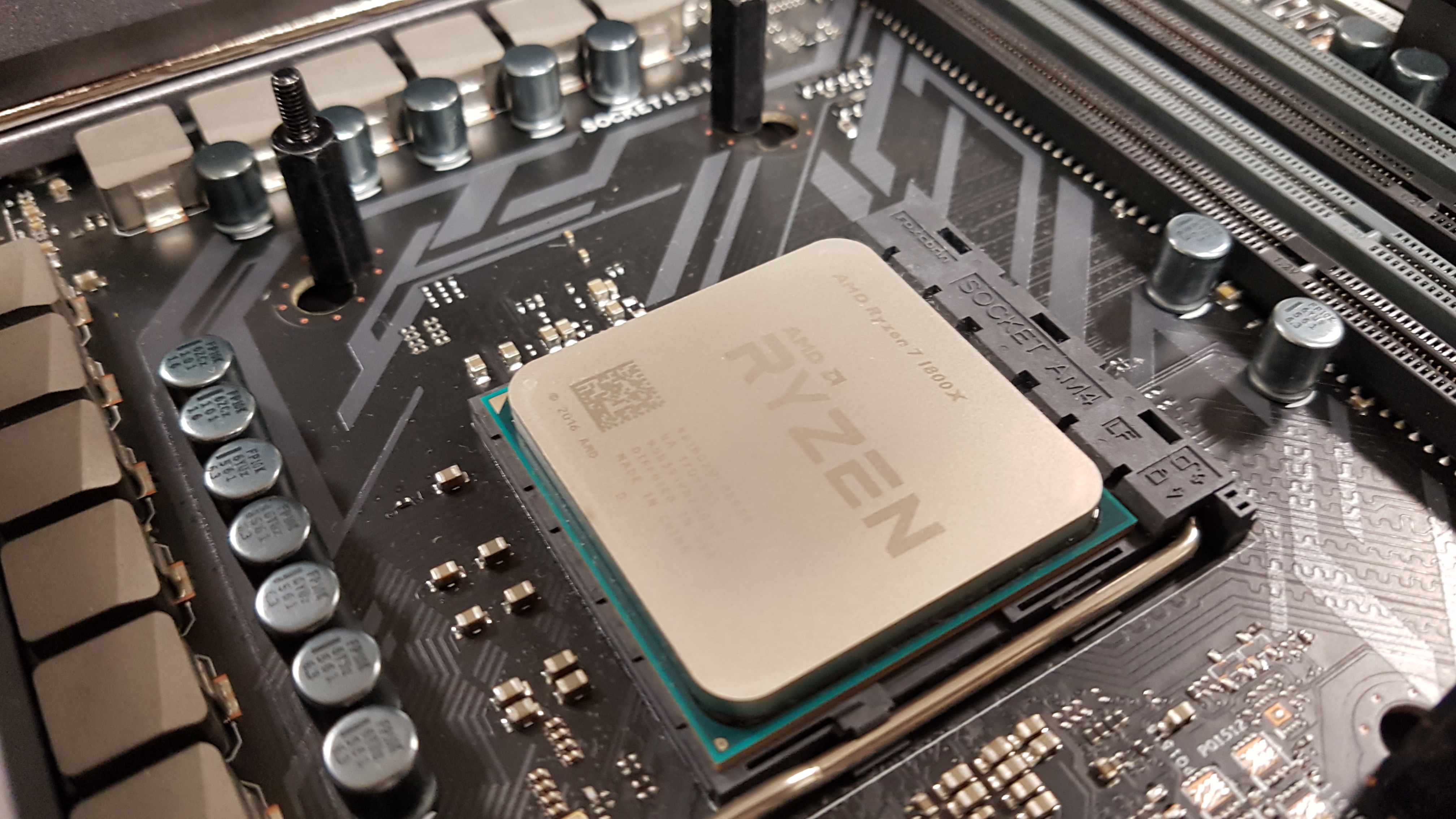TechRadar Verdict
AMD really has nailed it with this core. Pricing, performance, and featureset are all there. In AMD's most disruptive move since the Athlon 64 days, Ryzen is set to shake the consumer stage.
Pros
- +
Stunning multi-core performance
- +
Competitive single core performance
- +
Sturdy Chipset
- +
Solid power draw
- +
Insane Price
Cons
- -
Overclocking is touch and go
- -
Temperatures are ‘unique’
Why you can trust TechRadar
Where do you start with a processor like Ryzen? The hype for this product has been unprecedented since its first mention. AMD has been long absent from mainstream competitive processor performance, and for the last five years Intel has sat on a positive monopoly of incremental 10% increases and 15% price hikes.
That’s not to say that AMD was entirely absent, purely that its design ethos with the Bulldozer line of mainstream processors just wasn’t anywhere near as competitive as its Intel counterpart. The choice was an illusion.
AMD knew this, to the point that in 2011 they began work on an entirely new processor design, that of Ryzen. Recruiting famed chip designer Jim Keller (successfully crafting both AMD’s legendary Athlon 64 and Apple’s A4 processor), AMD set to work on creating what is likely the biggest shake up in processor technology within the last ten years.
- The best AMD Ryzen deals: cheap Ryzen CPUs, motherboards and bundles in the US
- The best AMD Ryzen deals: cheap Ryzen processors, motherboards and bundles in the UK

So, Ryzen, what is it? In short it's a brand new architecture based on the 14nm manufacturing process. At launch we’re introduced to three new processors, known as the 7 series.
The 1800X, king of the hill with 8 cores 16 threads, 16MB of L3 smart cache, a base clock of 3.7 GHz turboing up to 4.0 GHz, and a TDP of 95W coming in at £500 ($499, around AU$650).
The slightly slower cousin, the 1700X, another 8 cores, another 16 threads, still with 16MB of L3 featuring a lower core clock of 3.4 GHz turboing up to 3.8 GHz at £400 ($399, around AU$520) .
And lastly there’s the 1700. Again 8 cores, 16 threads, 16MB of L3 with a core clock of 3.0 GHz boosting to 3.7 GHz, however this time featuring a TDP of 65W and a sweet price of £325 ($329, around AU$430).
Sign up for breaking news, reviews, opinion, top tech deals, and more.
That’s three 8 core processors, all with AMD’s SMT (Simultaneous Multi-Threading), and all within spitting distance of Intel’s highest performing 4 core and 6 core chips.
Specs & chipsets
But, what is a processor without its supporting plethora of inputs, outputs and connections? Notably AMD’s AM3+ and FM2+ platforms were typically archaic when it came to connection standards and updates, so how does the new series of boards look aligned alongside these processors?
Well taking a look at the chip first, we have dual channel memory, with support for up to 64GB of DDR4 (supporting 2400 MT/s officially, and up to 3600 MT/s on the board), 24 PCIe 3.0 lanes, 16 dedicated to graphics, 4 for PCIe SSDs, and 4 for chipset communication, and support for up to 4 USB 3.1 devices solely on the chip.
On top of that the X370 chipset, supports an additional 2 USB 3.1 Type C, 6 USB 3.1 Type A, 6 USB 2.0, 4 SATA 6Gb/s ports, 2 SATA Express ports (or another 4 SATA 6GB/s), and an additional 8 PCIe 2.0 lanes as well.
Meaning if you want to run two way SLI at 8x8 with a single M.2 PCIe SSD you can do that. It’s not quite up to Intel’s Z270 standards just yet, however overall processor performance trumps anything on Intel’s level right now, but we’ll get to that later.
Next up on the list of things we have to cover is AMD’s SenseMI software suite. And in particular that’s the XFR (extreme frequency) feature enabled by default on any of the 'X' offerings.

So until the 5 and 3 series launch later this year, that’s the 1700X and 1800X. Think of it as GPU Boost for your processor. Thanks to a true cornucopia of sensors embedded into each CPU the BIOS can detect when certain temperature and voltage parameters are being met, and in turn overclock a number of cores by 50-100 MHz to improve performance in the programs or applications that are utilizing those cores.
For instance, the 1800X in this review, on a full render benchmark will happily hit 3.7 GHz across all of its cores, but in gaming titles, two to three cores can hit 4.1 GHz and sit there quite happily thanks to our cooling solution and the applications demand or lack of utilization of more than four cores.

Zak is one of TechRadar's multi-faceted freelance tech journalists. He's written for an absolute plethora of tech publications over the years and has worked for Techradar on and off since 2015. Most famously, Zak led Maximum PC as its Editor-in-Chief from 2020 through to the end of 2021, having worked his way up from Staff Writer. Zak currently writes for Maximum PC, TechRadar, PCGamesN, and Trusted Reviews. He also had a stint working as Corsair's Public Relations Specialist in the UK, which has given him a particularly good insight into the inner workings of larger companies in the industry. He left in 2023, coming back to journalism once more. When he's not building PCs, reviewing hardware, or gaming, you can often find Zak working at his local coffee shop as First Barista, or out in the Wye Valley shooting American Flat Bows.
